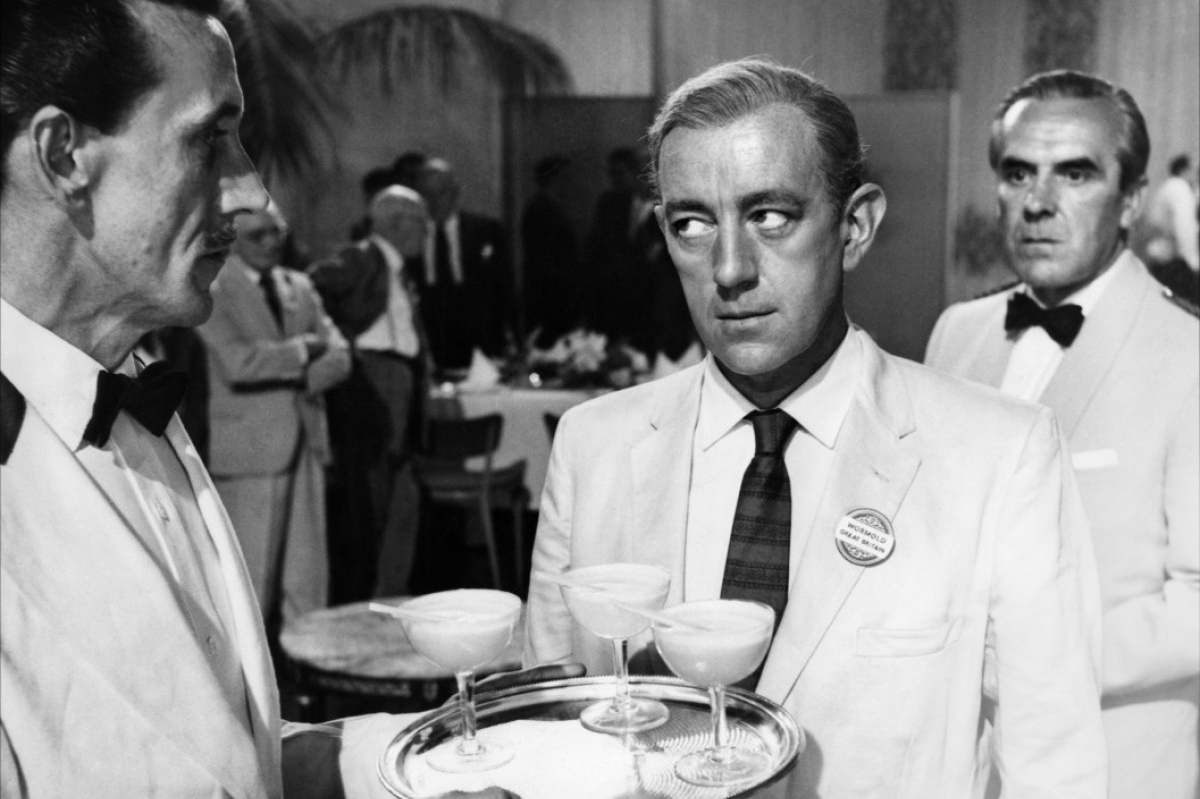Before I saw the roster of films included in the Modern Art Museum of Fort Worth’s “Power, Politics, and Paranoia: The Art of Espionage,” I had some reflexive assumptions about the series. Chiefly, that the spy films the museum had chosen would favor the glamorous side of the profession. It was a supposition born out of James Bond’s dominant run as pop culture’s No. 1 secret agent, mostly, but also the most simplistic definition of art. “Art” equals “pretty,” “pretty” equals “glamorous,” and there you are.
I was wrong. Selected by TCU associate professor Joan McGettigan (who will introduce each of the screenings), the films are directed by the likes of Alfred Hitchcock and Steven Spielberg, so of course they are stylish. But the unspoken theme tying together the eight titles in the series—Foreign Correspondent (1940), 13 Rue Madeleine (1946), Our Man in Havana (1959), The Ipcress File (1965), The Spy Who Came in From the Cold (1965), The Tall Blond Man With One Black Shoe (1972), Munich (2005), and The Lives of Others (2006)—is that a career in espionage is a giant bummer. The Ipcress File, starring Michael Caine, was actually meant to be a sort of anti-Bond film, showcasing a more mundane, soul-eroding side of the life and work of a spy.
The other films aren’t so explicit in their motives, and they vary in tone; The Tall Blond Man—remade later with Tom Hanks as The Man With One Red Shoe—and Our Man in Havana are farces. But a sense of disillusionment runs through all of them. You end up doing things you don’t want to, for people you don’t like, in service of a cause you may not believe in, for a country you’ll end up not trusting. For example: in The Lives of Others, a Stasi officer in 1980s East Berlin is forced to conduct surveillance on a playwright simply because a government official has designs on the writer’s girlfriend. Most of the lead characters in these films are merely assets, not people.
There are no supervillains in these films. The job is enemy enough.







